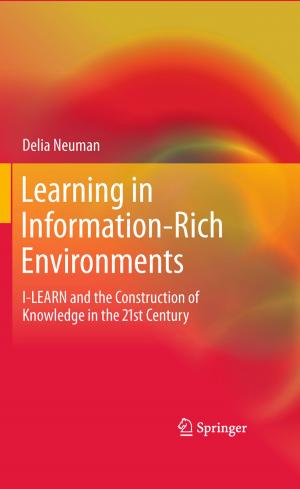Taking Stock of Air Liberalization
Business & Finance, Economics, Urban & Regional, Management & Leadership, Operations Research| Author: | ISBN: | 9781461550778 | |
| Publisher: | Springer US | Publication: | December 6, 2012 |
| Imprint: | Springer | Language: | English |
| Author: | |
| ISBN: | 9781461550778 |
| Publisher: | Springer US |
| Publication: | December 6, 2012 |
| Imprint: | Springer |
| Language: | English |
Taking Stock of Air Liberalization is about Technology, Economy, and Policy (TEP) in the airline industry. Ten years ago, the practical collaboration was begun of bringing together people who belonged to the complementary streams of economic analysis and policy analysis presented int his book. During this time, we opened discussions on the relationship between transportation technology, transportation economics and transportation policy under the general auspices of the Canadian Royal Commission on National Passenger Transportation. Working over a 40-month period (1989-1992), this Commission took stock of transportation and produced an up-to-date `État de la question' and policy framework (Hyndman, et al, 1992). Clearly, the project committee's discussions on air policy, over the period 1995-1997 (see Chapter 8), outlined the possibilities for a mechanism to understand the differences about the desirability of air liberalisation, as well as the possible TEP interactions in this area. This led to an exploratory first formulation and computer programme (HLB, 1997) incorporating the approach outlined in Chapter 15.
A joint celebration of the CRT's 25th birthday and Transport Canada's 60th birthday seemed appropriate to bring together the various streams. Part I of Taking Stock of Air Liberalization looks at the record, and Part II focuses on specific impacts of policies. Policy formulation (Part III) and the required tools (Part IV - Modelling Demand) are also discussed in this context. The book ends with perspectives in Part V - The Future Market Structure and Public Policy. The competition among airlines is rapidly spreading to the competition among airports, and the difficult regulation of these strategic spatial monopolies (which is introduced in Chapter 13) is now attracting research activity. The next discussion in the airline industry will be the role of airports.
Taking Stock of Air Liberalization is about Technology, Economy, and Policy (TEP) in the airline industry. Ten years ago, the practical collaboration was begun of bringing together people who belonged to the complementary streams of economic analysis and policy analysis presented int his book. During this time, we opened discussions on the relationship between transportation technology, transportation economics and transportation policy under the general auspices of the Canadian Royal Commission on National Passenger Transportation. Working over a 40-month period (1989-1992), this Commission took stock of transportation and produced an up-to-date `État de la question' and policy framework (Hyndman, et al, 1992). Clearly, the project committee's discussions on air policy, over the period 1995-1997 (see Chapter 8), outlined the possibilities for a mechanism to understand the differences about the desirability of air liberalisation, as well as the possible TEP interactions in this area. This led to an exploratory first formulation and computer programme (HLB, 1997) incorporating the approach outlined in Chapter 15.
A joint celebration of the CRT's 25th birthday and Transport Canada's 60th birthday seemed appropriate to bring together the various streams. Part I of Taking Stock of Air Liberalization looks at the record, and Part II focuses on specific impacts of policies. Policy formulation (Part III) and the required tools (Part IV - Modelling Demand) are also discussed in this context. The book ends with perspectives in Part V - The Future Market Structure and Public Policy. The competition among airlines is rapidly spreading to the competition among airports, and the difficult regulation of these strategic spatial monopolies (which is introduced in Chapter 13) is now attracting research activity. The next discussion in the airline industry will be the role of airports.















